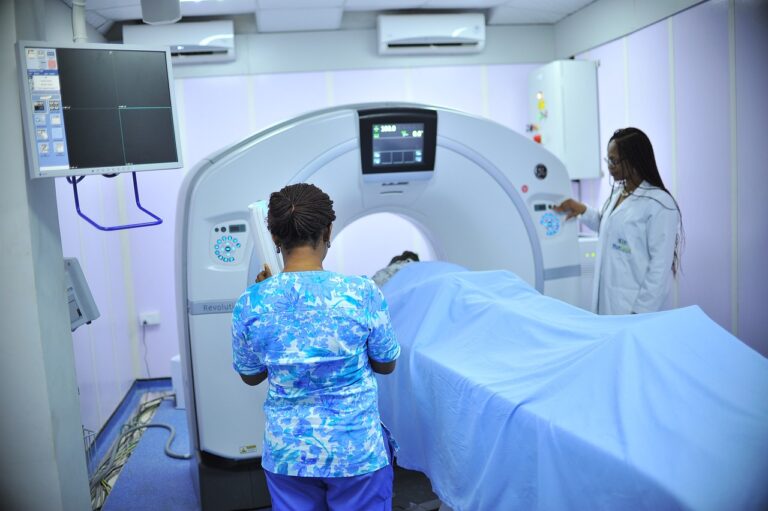Book Appointment Now

The Evolution of Nursing Roles in a Post-Pandemic World
Nursing Roles in a Post-Pandemic World have undergone profound transformation, reshaped by the challenges and lessons of the COVID-19 crisis. Nurses emerged as frontline heroes, adapting to expanded responsibilities, technological advancements, and an increased focus on mental health and public advocacy. Their roles now extend beyond traditional care to encompass leadership in disaster preparedness, policy reform, and health education. This evolution highlights the resilience, adaptability, and critical importance of the nursing profession in ensuring effective healthcare delivery in an increasingly complex world. This essay explores how the pandemic has redefined nursing roles, focusing on the integration of technology, expanded responsibilities, and the challenges of workforce sustainability.
Our nursing experts can deliver 100% custom paper about nursing roles in a post-pandemic world according to your order instructions.
Write my nursing essay
Expanded Clinical and Leadership Responsibilities
During the pandemic, nurses took on roles far beyond traditional bedside care. They were instrumental in patient triage, infection control, and vaccine administration. With healthcare systems overwhelmed, nurses often stepped into leadership roles, coordinating care teams, managing resources, and guiding public health initiatives.
In a post-pandemic world, these expanded responsibilities have become part of the norm. Nurses are increasingly involved in health policy discussions, workforce planning, and disaster preparedness efforts (Turale et al., 2021). Advanced practice nurses, such as nurse practitioners, have gained greater autonomy in diagnosing and treating patients, reflecting a shift toward more integrated and flexible care models.
Technological Integration in Nursing Practice
The pandemic accelerated the adoption of healthcare technologies, particularly telemedicine. Nurses adapted quickly to virtual care platforms, providing remote patient monitoring, education, and consultations. This shift not only improved access to care but also required nurses to develop proficiency in using digital tools and electronic health records (Labrague & De Los Santos, 2020).
In a post-pandemic world, technology remains a cornerstone of nursing practice. The integration of artificial intelligence, wearable devices, and data analytics has expanded the scope of nursing, enabling predictive care and personalized treatment plans. Nurses are now expected to navigate complex technologies while maintaining patient-centered care, highlighting the need for ongoing training and education in digital health.
Mental Health and Emotional Resilience
The pandemic placed immense psychological strain on healthcare workers, with nurses bearing the brunt of the emotional toll. Prolonged exposure to high-stress environments, coupled with the fear of contracting or transmitting the virus, led to widespread burnout and mental health challenges (Lai et al., 2020).
Post-pandemic, the importance of mental health support for nurses has gained recognition. Healthcare organizations are prioritizing well-being initiatives, including counseling services, peer support programs, and resilience training. Nurses themselves have become advocates for mental health, promoting self-care practices and creating a culture of openness around mental health issues.
Evolving Public Perception and Expectations
The pandemic brought renewed attention to the critical contributions of nurses, elevating their status as essential workers. Public recognition of their sacrifices and expertise has increased trust in the profession. However, this heightened visibility has also raised expectations, with nurses now seen as key players in shaping healthcare policy and advocating for systemic change (World Health Organization, 2021).
In response, nurses have embraced their role as advocates, addressing issues such as healthcare equity, workforce shortages, and funding for public health. They are leveraging their experiences from the pandemic to influence policy reforms and ensure that healthcare systems are better prepared for future crises.
Challenges in Workforce Retention and Recruitment
The pandemic exacerbated pre-existing challenges in nursing, such as workforce shortages and high turnover rates. Many nurses left the profession due to burnout, inadequate support, and unsafe working conditions during the crisis. This has created a pressing need to recruit and retain a skilled nursing workforce in the post-pandemic era (Buchan et al., 2022).
Efforts to address these challenges include improving working conditions, offering competitive salaries, and providing career development opportunities. Additionally, there is a growing emphasis on creating a supportive workplace culture that values nurses’ contributions and addresses their concerns.
Future Directions for Nursing Education
The pandemic underscored the importance of adaptability and innovation in nursing education. Traditional classroom-based learning shifted to online platforms, and simulation technologies became essential for clinical training. These changes have paved the way for a more flexible and technology-driven approach to nursing education (Billings et al., 2021).
In a post-pandemic world, nursing programs are focusing on interdisciplinary training, disaster preparedness, and mental health care. The curriculum is being updated to reflect the evolving demands of the profession, ensuring that future nurses are equipped to handle complex healthcare challenges.
Nursing Roles in a Post-Pandemic World exemplify the resilience and innovation necessary to meet modern healthcare demands. Nurses have stepped into expanded clinical, technological, and leadership responsibilities, advocating for systemic reforms and prioritizing equitable care. The pandemic underscored their vital contributions, from delivering frontline care to shaping public health strategies. As the profession continues to evolve, supporting nurses through education, mental health initiatives, and workforce sustainability efforts will be essential. Their adaptability and commitment ensure that nursing remains at the heart of a more resilient and effective healthcare system.
References
- Billings, D. M., et al. (2021). Pandemic-driven shifts in nursing education: Lessons learned for a resilient future. Journal of Nursing Education, 60(4), 181–184.
- Buchan, J., Catton, H., & Shaffer, F. A. (2022). Sustain and retain in 2022 and beyond: The global nursing workforce challenge. International Council of Nurses.
- Labrague, L. J., & De Los Santos, J. A. A. (2020). Fear of COVID-19, psychological distress, and work satisfaction among nurses: Implications for healthcare organizations. International Journal of Mental Health Nursing, 29(6), 1236–1245.
- Lai, J., Ma, S., Wang, Y., et al. (2020). Factors associated with mental health outcomes among healthcare workers exposed to coronavirus disease 2019. JAMA Network Open, 3(3), e203976.
- Turale, S., Meechamnan, C., & Kunaviktikul, W. (2021). Challenging times: Ethics, nursing, and the COVID-19 pandemic. International Nursing Review, 68(2), 164–168.
- World Health Organization. (2021). Year of the Health and Care Worker 2021: Protect. Invest. Together. World Health Organization.







